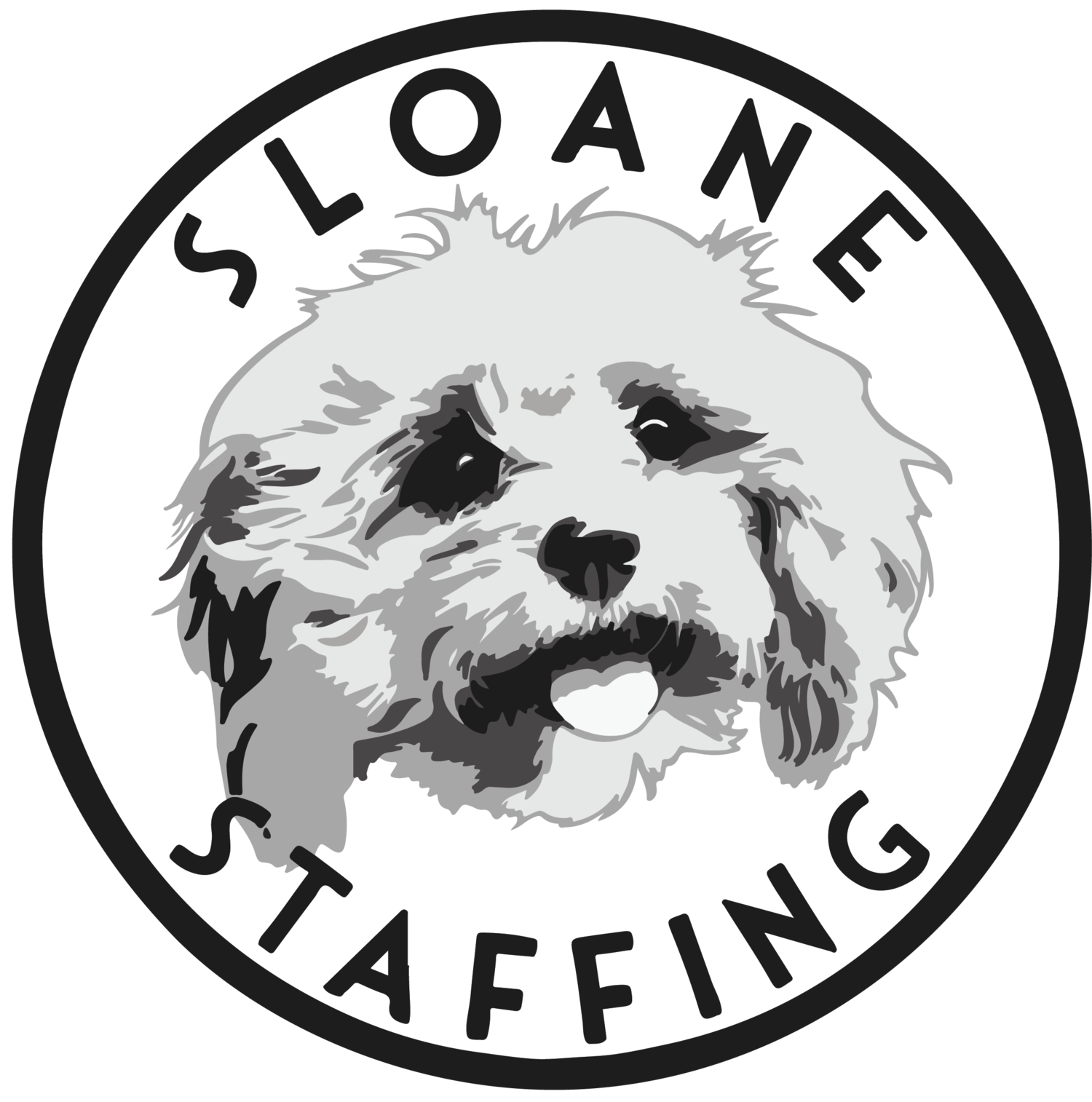The Best Sales Team Structure for Startups and Growth-Stage Companies
Building a sales team with the right structure can be transformative for startups and growth-stage companies aiming to accelerate revenue.
However, structuring your sales team depends on your company’s maturity, revenue goals, and budget. Here’s a guide to establishing the ideal sales team structure at each growth stage, along with insights on which roles to prioritize first and when to bring in senior leadership.
Early-Stage Startup (Up to $1M in ARR)
Primary Goals: Validate product-market fit and establish initial sales traction.
Team Structure: Small and scrappy, with versatile roles.
Key Roles to Hire First:
Sales Development Representatives (SDRs) or Business Development Representatives (BDRs): These roles focus on outbound prospecting to generate leads and qualify inbound leads for the Account Executives. The initial focus here is on setting appointments and gathering feedback.
Account Executive: This role is essential for closing deals. The AE can be the first sales hire or added once lead volume increases, depending on resources.
Sales Operations Support (Optional): If resources allow, a part-time Sales Ops role can help establish the right CRM and basic sales processes.
When to Add a Sales Leader: Bringing in a Sales Director or Head of Sales early can be beneficial if they have experience building playbooks and setting up initial processes. However, at this stage, the founder(s) may be heavily involved in sales, learning from every interaction.
Seed to Series A Stage ($1M - $5M in ARR)
Primary Goals: Establish repeatable processes, expand customer base, and start to scale.
Team Structure: More specialized roles to focus on growth.
Key Roles to Add:
BDR/SDR Team: Expand this team to drive a high volume of qualified leads for the AEs.
Sales Operations Manager: At this stage, a Sales Ops role becomes critical to streamline processes, manage CRM data, and ensure effective use of sales tools.
Customer Success Manager (CSM): As customer retention becomes essential for growth, adding CSMs can ensure a positive experience post-sale, helping drive renewals and upsells.
When to Add Senior Sales Leadership: A Sales Director or Head of Sales can be impactful here, especially if they can develop sales playbooks, build an onboarding program, and mentor the AEs. Their primary focus should be on establishing KPIs, refining the lead handoff process between BDRs and AEs, and laying the groundwork for a scalable sales structure.
3. Growth Stage (Series B/C, $5M - $20M in ARR)
Primary Goals: Scale the sales function, increase team efficiency, and optimize revenue.
Team Structure: Add layers and structure within the sales team to drive efficiency and scalability.
Key Roles to Expand and Add:
Account Executives (AE): This is the time to scale your AE team to handle increased lead volume and more sophisticated sales processes.
Sales Operations and Enablement: With growth, a Sales Enablement role is essential to onboard, train, and continuously improve the skills of the sales team. Sales Ops continues to be key, now focused on metrics, reporting, and optimizing sales processes.
Sales Director or VP of Sales: Bringing in a VP of Sales at this stage can drive strategic decision-making, such as defining go-to-market strategies, refining sales methodology, and building out the team’s structure.
Customer Success Expansion: To manage customer growth and maintain retention, expand the Customer Success team and possibly introduce Account Managers to oversee high-value clients.
When to Consider Specialized Roles: As the sales team scales, consider adding specialization within the BDR or AE teams, such as segmenting by verticals, regions, or market size. You may also consider bringing in roles like a RevOps leader to align sales, marketing, and customer success under one umbrella.
Late Growth and Expansion Stage ($20M+ in ARR)
Primary Goals: Optimize performance, increase market penetration, and build a scalable team structure.
Team Structure: Established hierarchy with senior leaders overseeing distinct segments of the team.
Key Roles to Add or Expand:
Regional Sales Managers or Segment Leaders: Introduce regional or segment-focused sales leaders to oversee specific markets or customer segments, reporting up to the VP of Sales.
Sales Enablement Director: As the team scales, a director-level enablement role can own the entire onboarding and training process, ensuring the team remains highly skilled.
Revenue Operations Leader: By now, a Revenue Operations leader will help unify data and strategy across sales, marketing, and customer success.
Specialized Account Teams: Consider expanding specialized account teams based on strategic accounts, mid-market, or enterprise, allowing each team to hone in on market needs effectively.
Strategic Leadership: The VP of Sales should now focus on long-term strategy, market expansion, and aligning closely with the CEO on revenue targets. They may also be instrumental in assessing when to create additional leadership roles, like a Chief Revenue Officer (CRO), if needed.
Final Thoughts
Choosing the right structure for your sales team can accelerate growth, streamline processes, and create a positive, high-performing sales culture. By hiring strategically and aligning roles with growth goals, startups and growth-stage companies can maximize their sales potential at each stage of maturity.


